“To keep every cog and wheel is the first precaution of intelligent thinking”, said Aldo Leopold. Lake Kolleru is showing signs of poor water quality and habitat deterioration. There is an urgent need to ascertain the levels of habitat destruction, over-exploitation, and encroachments in the once peerless fishermen’s paradise and birds’ heaven.
Lake Kolleru bears its name from the depopulated village called Kolleru. At present the Kolleru village is submerged in water. Kolleru is a large shallow water lake with an area of 954 sq. km and is situated 64 km. away from the Bay of Bengal. The lake covers the parts of Kaikalur taluk (Krishna district), in the Eluru, Tadepallingudem, and Bhimavaram taluk (West Godavari district). The two rivers Godavari and Krishna have formed deltas, and the land that formed has cut off the lake depression from the sea. The large areas of the lake submerge during the monsoon and sometimes extend during the flooding season.
The water spread area of the lake is classified based on the contour levels – 135 sq. km at +3 contour level, 675 sq. km at +7 contour level, and 901 sq. km at +10 contour level – and the lake extends during the monsoon, hence the total area of the lake will not add up to this figure. The depth varies from 0.5 m to 2.0 m, while at some places the depth exceeds about 10 m. The lake, as a whole, has a gentle slope towards the southeast direction. The streams such as Budammeru, Tammileru, Ramileu, and Gunduru are flowing into the lake; also these streams join with other major channels. From the streams and channels, the lake receives water up to 1,10,920 cusecs. The water is discharged through an outlet, 32 km. long and 23 meters wide, called Upputeru into the Bay of Bengal. Through this canal, the lake has a tidal effect up to 13 km from the sea. But the saltwater effect reaches up to 19 km, due to the slope towards the southeast. The Kolleru Lake has 50 bed and belt villages with a population of more than 2 lakhs (in 2004). The mandals (subdivisions) of Eluru, Pedapadu, Denduluru, Bhimadole, Unguturu, Nidamarru, and Akivedu totally depend on Kolleru Lake for their livelihood.
You May Like: The Song of Urban Forest
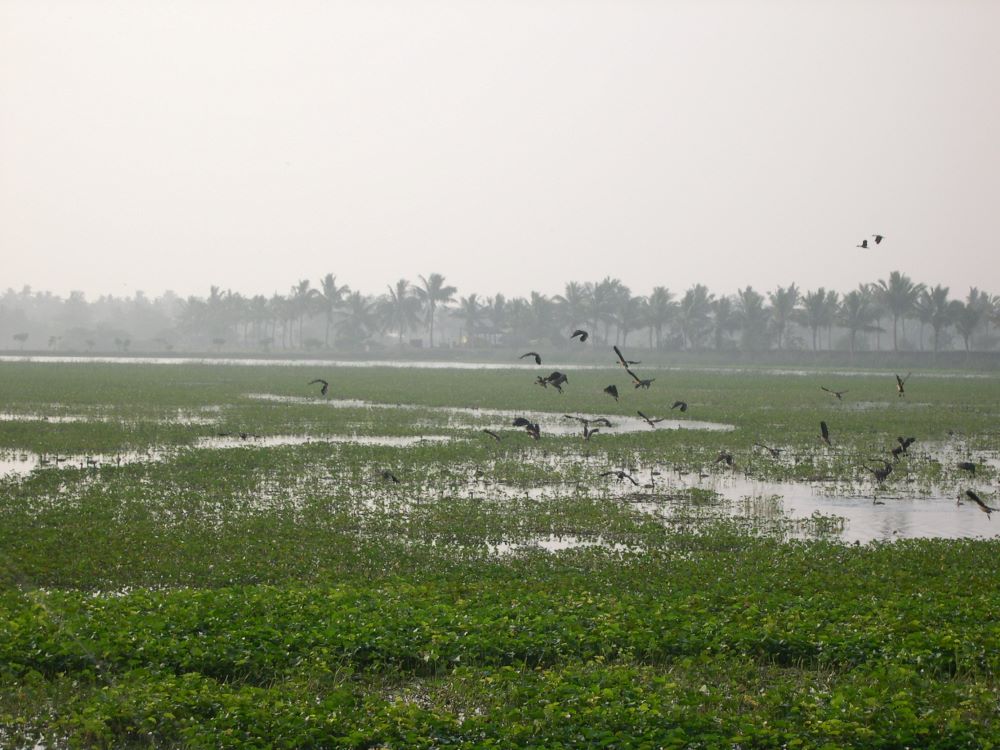
The Past and The Present
Dating back to the place from the literature of the Kolleru pelicanry, E.P. Gee describes that the cluster of villages (Aredu-Sarepalle-Kolamuru-Chilakalampada-Ganapavam) supported a breeding colony of 300 Spot-billed Pelicans homed over the trees of Borassus flabellifer, Acacia nilotica, Cocos nucifera, and Enterolobium saman around the sixties. But the present conditions of the environment around and all along the Kolleru Lake were only of coconut palms and one can see the fish farms even beyond the long sight. The unoccupied areas of the lake are heavily infested with free-floating plants, which include Salvinia auriculata, Eichornia crassipes, Utricularia stellaris, Utricularia fleusosa, Pistia straiotes, and other secondary macrophytes attached with the substratum. Aquatic macrophytes in the lake are Ottelia alismodes, Ipomea aquatica Nymphoides indicum, and Eichornia crassipes, occupied in greater abundance in almost all the areas.
About 64 fish species of freshwater and marine forms of the 19 marine species (2 anadromous species, 11 estuarine species and 6 marine species) are reported from the Kolleru Lake. In older times, due to the shallow nature of the lake, smaller vessels (shallow bottomed) were used in the lake. Still, the native fishermen use two types of traditional crafts for fishing. They are dugout canoes known as Thoni, made up of a palmyra tree scooped at its basal part. Another type is plank-built wooden boats. The lake becomes further shallow during July-October and dries, which pulls the fishermen to switch over to prawn catches during this period.
You May Like: Time to educate about nature!
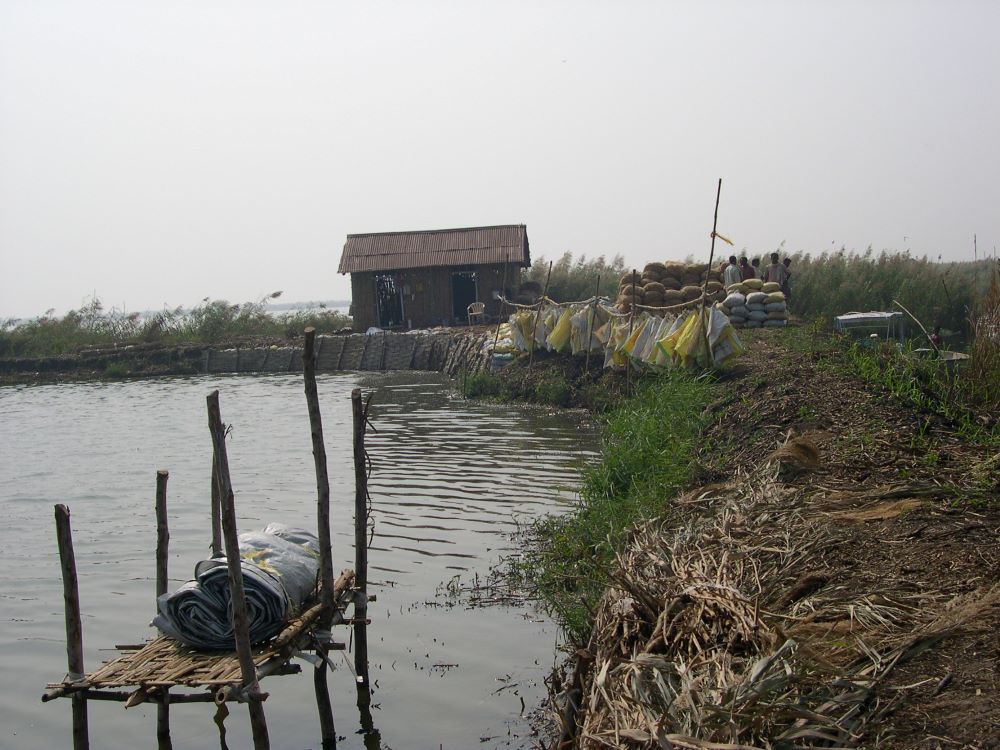
The culture of fishing was initiated around the 1960s and extended to a large scale when the government organized fishermen cooperative societies and formed 50-acre tanks in the lake margin. Initially, the culture of fishery was started in about 5,000 acres (as per the government records). Subsequently, vast stretches of agricultural land near the lake, channels, and drains have been converted into commercial fish ponds. But the unofficial figure of the fish farms operating in the Lake went over three times the government figure. The grown fish sent to Kolkatta (Calcutta) is approximately 2000 tonnes per day. Consequent to the large-scale expansion of the culture ponds without the proper scientific support, the fishes are mostly exposed to diseases. As a result, the natural fish-catching has declined and the native fishermen of the Kolleru Lake are not getting enough to sustain their livelihood, and have become employees in the fish farms of the capitalist. This ultimately has an impact on the native fishes and particularly on birds. After the invasion of the commercial fishing groups, the boats operating on oil engines are in use for transporting fish foods to the fish farms and to bring out the grown fishes for export.
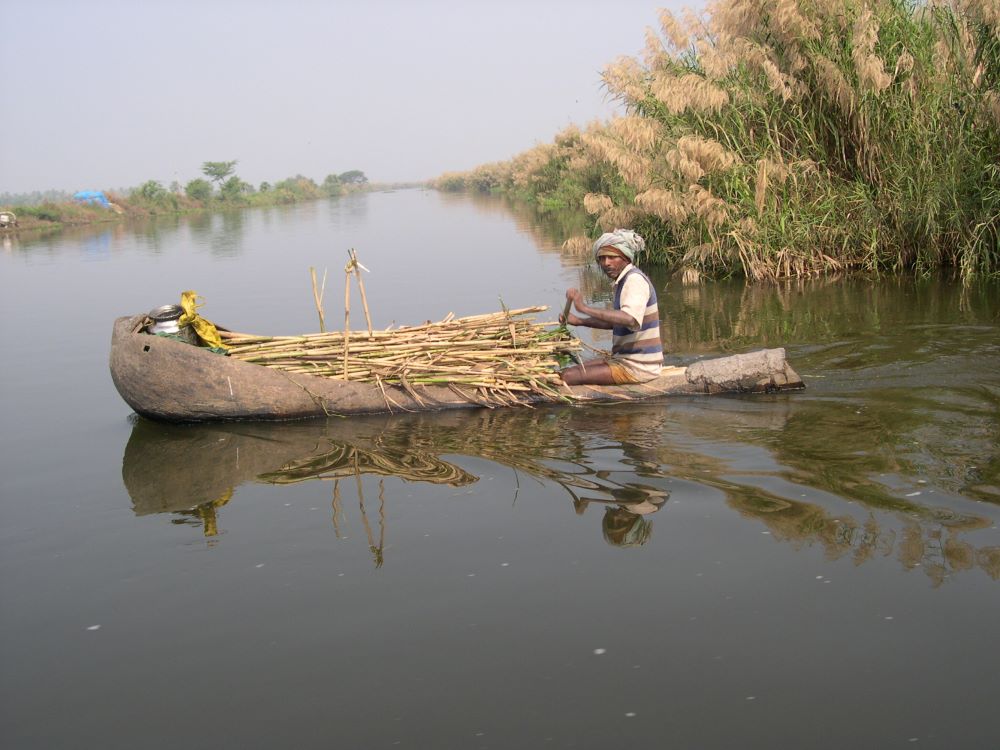
The major cause of depleting natural fish population is overloading of the lake with agricultural and pesticide chemicals and overfishing. There is heavy use of cattle dung in the commercial fish tanks during the culture and after harvest. The water is drained into the lake which produces more and more algal blooms that help the water weeds to flourish and stops all other natural processes destroying the habitat.
What Would Make a Difference?
Perhaps, our efforts in conservation are not enough and it raises several questions in mind regarding conservation as well as of its education. After visiting Kolleru Lake, I feel the adults, too, need to be educated about conservation besides educating school children. Otherwise, the greedy people of Kolleru Lake will not leave anything to the younger generations. They even abandoned the practice of cultivating crops. While meeting people at Kolleru I talked and interviewed about their knowledge of wildlife and tried to know their interest in its importance. In turn, what I heard from them was the question that what will it pay them? The birds are their pests, Conservation Why? People do not know that they need nature; do not know how important it is? Or how to value it?
Also Read: The Ignored Disaster of West Bengal – Bhagwangola II
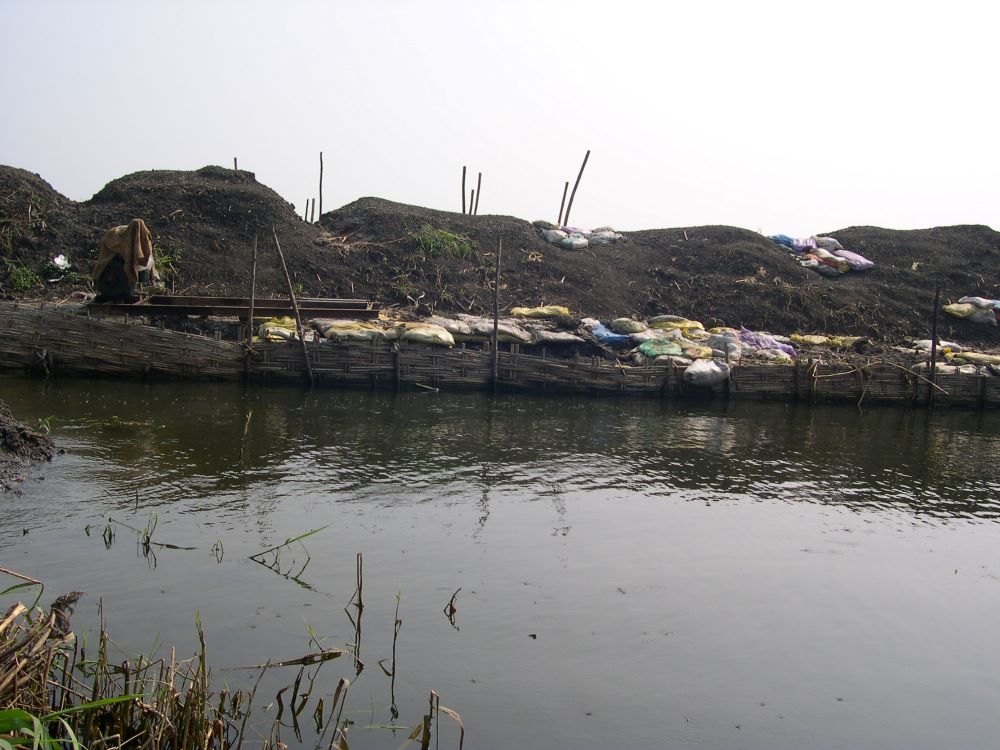
How do we recover or restore the folly of destroying the habitat? What type of wildlife do we want? How much do we need? Why this bias? Are we failing to creatively link conservation with the loss of this nature’s capital? What would make a difference? Improved legislation or better enforcement or the outreach of creative conservation education or the people’s involvement? Time certainly changes, but not always for the better.
As a nature’s clue, which I observed at Kolleru, and whosoever visits the place in future may find, was the presence of the Black-winged Stilt Himantopus himantopus in thousands. This is definitely not the prosperity of a healthy wetland. It indicates poor water quality and habitat deterioration. But steps need to be taken for ensuring fishing in the troubled waters of the once peerless fishermen’s paradise and bird heaven. Nevertheless, the situation is inflamed and what looks obvious in hindsight is not at all obvious at this time? The view is not pessimistic before it becomes too late; there is an urgent need to assess the biodiversity of the lake to ascertain the levels of habitat destruction, over-exploitation, and encroachments.
“To keep every cog and wheel is the first precaution of intelligent thinking”, said Aldo Leopold. This could be tricky, but it is our duty to communicate with the public and to make a connection between science and policymaking.
Disclaimer: The views expressed in this article are of the author solely. TheRise.co.in neither endorses nor is responsible for them.
About the author
Dr Vaithianathan Kannan is a Wildlife Biologist who has worked with Sathyamangalam Tiger Conservation Foundation Tamil Nadu Trust, Erode, Tamil Nadu, Bombay Natural History Society, Mumbai & AVC College, PG Research Department of Zoology & Wildlife Biology, Mannampandal, Tamil Nadu, and various other NGOs. He is a member of the IUCN/WI/SSC Pelican Specialist Group (Old World) and has a voluntary position within the Old World Pelican Specialist Group. His research interests are diverse largely related to Ecology, Biodiversity, Limnology, Mammalogy, Ornithology and Wetlands

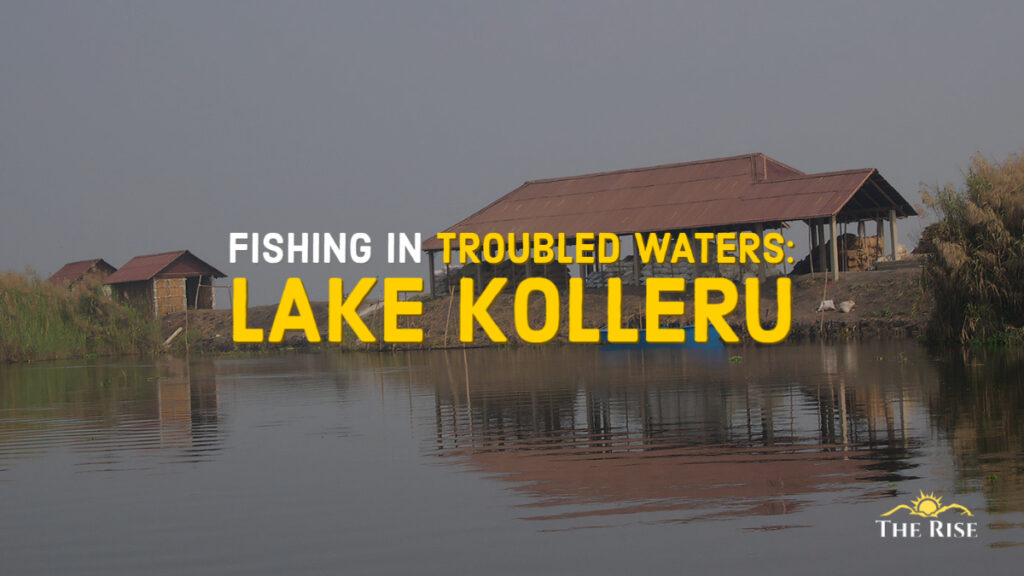
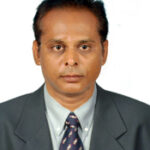
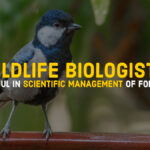
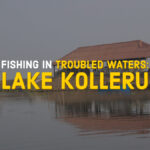
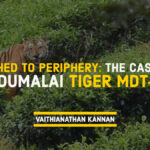

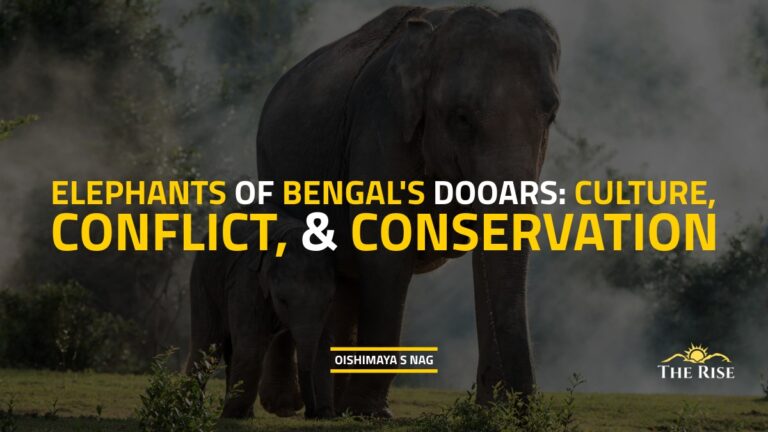


Pingback: Agumbe Rainforest In India - TheRise.co.in
Pingback: Clean Drinking Water: A Difficult Necessity to Fulfill - TheRise.co.in